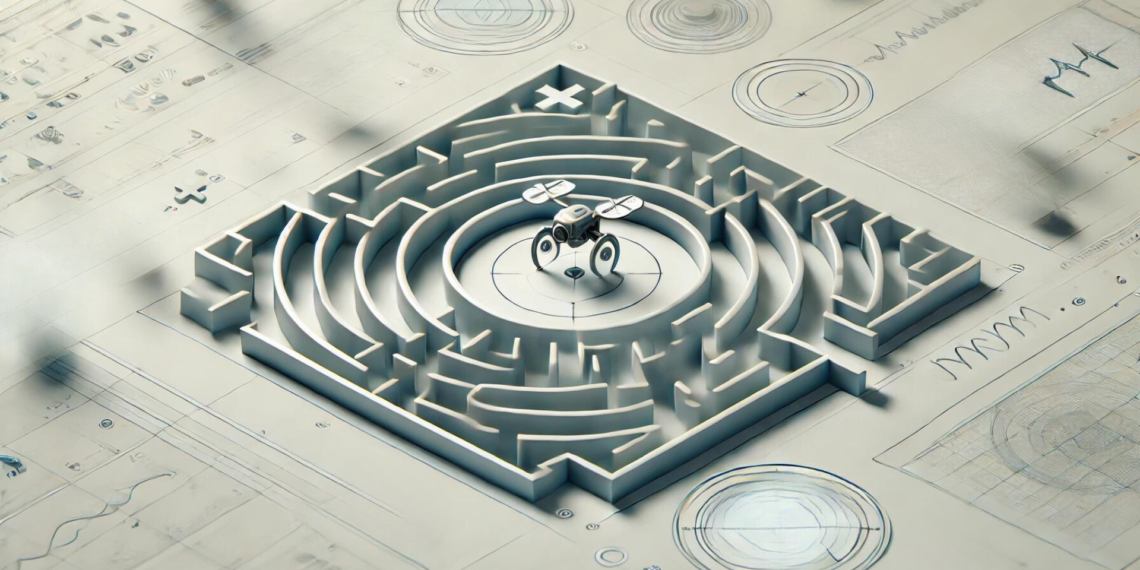MIT engineers have developed a hair-thin zinc-air battery that could power tiny autonomous robots, heralding a new age of technology across several industries. While the immediate focus is on medical applications, such as delivering drugs within the human body, and industrial uses, such as detecting leaks in gas pipelines, the potential for future military applications could be just as profound.
This battery is only 0.1 millimeters long and 0.002 millimeters thick, small enough to power cell-sized robots that can operate autonomously within environments that are difficult or impossible for humans to access. Researchers envision a future where tiny robots, powered by these batteries, could be deployed for highly precise tasks such as delivering medication to targeted sites inside the human body. The robots could seek out tumors, inject insulin, or administer drugs without the need for invasive surgery.
The military implications of this technology, however, extend beyond the medical field. The ability to create autonomous robots that can operate independently in hostile environments could change the way militaries conduct reconnaissance, surveillance, and even repair missions. “You can build a robot around an energy source, sort of like you can build an electric car around the battery,” said Michael Strano, MIT’s Carbon P. Dubbs Professor of Chemical Engineering and senior author of the study.
In combat, tiny autonomous robots powered by MIT’s innovative battery could be used for a range of purposes, such as collecting intelligence in enemy territory without detection. These robots, small enough to evade most forms of surveillance, could move quietly through tight spaces and gather critical information, providing real-time data to troops and commanders. Their ability to function independently, untethered by external power sources, would make them particularly effective in covert operations where larger, more conspicuous drones or equipment would be impractical.
Another significant advantage is their potential use in repairing military equipment in the field. Imagine a future where small autonomous robots could be deployed to damaged vehicles or weapons systems, conducting repairs in real-time. This could reduce the need for troops to expose themselves to enemy fire during repairs or maintenance operations, enhancing the efficiency and safety of military operations.
Moreover, autonomous robots of this kind could serve in search-and-rescue missions in hazardous environments. For example, if soldiers were trapped in rubble or other dangerous locations following an explosion, these tiny robots could navigate the tightest spaces to deliver supplies, oxygen, or even perform basic medical tasks, buying time for larger rescue efforts.
MIT’s tiny zinc-air battery provides a pathway to overcoming one of the primary challenges of creating such autonomous systems: power. Previous attempts at creating miniature robots often relied on external energy sources such as lasers or light beams, which tethered the robots to specific locations and limited their utility. By integrating a self-sustaining power source, these robots would gain the freedom to roam independently, greatly expanding their capabilities and potential uses.
The military applications of this technology could extend even further into areas such as chemical or biological warfare detection. Equipped with sensors capable of detecting hazardous substances, these tiny robots could be deployed in areas where chemical or biological weapons are suspected, providing real-time data and aiding in countermeasure efforts while minimizing the risk to human personnel.
The U.S. military is already taking note of such innovations. The MIT research is funded by several key government organizations, including the U.S. Army Research Office and the Department of Energy. Their interest in this technology highlights its potential role in future military strategies, where autonomous systems will increasingly be employed for both offensive and defensive purposes.
Beyond the battlefield, these robots could be employed in maintaining military infrastructure, such as ensuring the integrity of pipelines, communication systems, and other critical installations. These tasks, often labor-intensive and dangerous for human workers, could be performed efficiently by fleets of tiny robots that can operate continuously without the need for external power.
As these robots become more autonomous and capable of functioning in a variety of environments, from the human body to the battlefield, the impact of MIT’s zinc-air battery technology could be felt across multiple sectors. With ongoing research to increase the voltage output of these batteries, the applications are only set to grow.
The promise of this technology lies in its ability to enable systems that are not just small, but also self-sustaining and adaptable. Whether it’s in a hospital room, repairing infrastructure, or assisting soldiers in the field, this technology could transform the way critical tasks are performed, making both everyday life and national defense more efficient, safer, and more precise.








